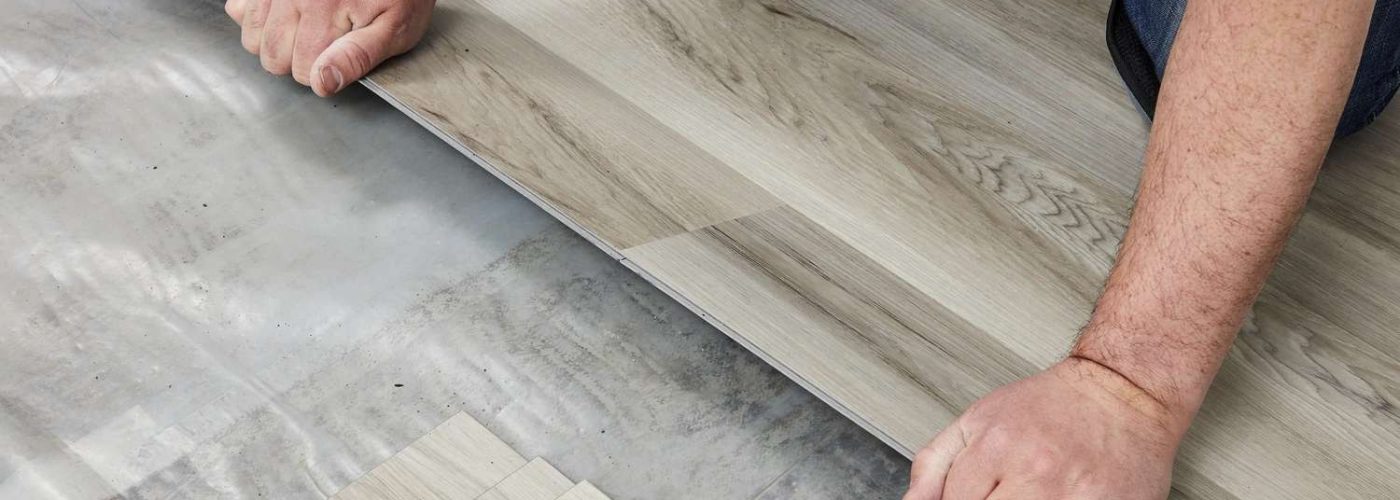The UK’s notoriously changeable weather presents unique challenges for construction professionals when specifying flooring systems. From driving rain and high humidity to sudden temperature fluctuations, British weather demands careful consideration of flooring materials and their supporting components.
“The UK’s climate significantly influences flooring performance, particularly in new builds where moisture levels are already high from construction,” explains Simply Underlay GM Mike Jones. “Selecting appropriate underlay and flooring combinations is crucial for managing moisture, temperature fluctuations, and seasonal movement of materials.”
Regional Challenges
The varying climate across British regions creates distinct challenges for flooring specifications. In northern regions, harsher winters demand enhanced thermal insulation properties and increased moisture protection. Frost resistance becomes crucial for ground floors, while superior vapour barriers are essential for long-term performance.
Coastal areas present their own set of challenges, where salt-spray and wind-driven rain can significantly impact flooring systems. In these locations, specifiers must prioritise corrosion-resistant fixings and enhanced water-resistance properties. Meanwhile, urban centres face different issues, with the heat island effect and pollution requiring careful consideration of material durability and resistance.
Material Considerations
When it comes to timber flooring, the British climate demands particular attention to installation processes. Proper acclimatisation periods of at least 48-72 hours are essential, and moisture metres should be used to verify conditions before installation begins. Quality underlay and appropriate moisture barriers become crucial elements in protecting these natural materials from the UK’s humid conditions.
Carpet systems require special attention in Britain’s damp climate. Mould-resistant underlay and adequate ventilation provisions are essential, while moisture-resistant adhesives help ensure long-term performance. Regular maintenance becomes particularly important in maintaining carpet quality under these conditions, especially considering reports of how black mould is increasingly prevalent in the UK.
“Hard flooring options like tile, stone, and vinyl systems need careful consideration of subfloor preparation and movement accommodation,” says Jones. “The UK’s temperature fluctuations mean flexible adhesives and proper movement joints are essential for preventing future issues.”
Best Practice Approach
Successful flooring installation in the UK climate begins with thorough site assessment. Understanding ground conditions, local weather patterns, and historical flooding data helps inform appropriate material selection and installation timing. Storage of materials becomes equally important, with consistent temperatures and protection from weather exposure essential for optimal results.
Installation timing can significantly impact project success. Planning around weather forecasts and allowing for seasonal adjustments helps ensure optimal conditions for installation. Temperature and humidity monitoring throughout the process helps prevent future issues related to material movement or moisture damage.
Future Considerations
As climate change continues to impact weather patterns across the UK, specifiers must consider increasing risks of flooding, more extreme temperature variations, and higher humidity levels. The construction industry is responding with advanced moisture-resistant materials and smart temperature-regulating systems, while improvements in underlay technologies offer enhanced protection against these challenges.
Regulatory compliance remains crucial, with ongoing updates to Building Regulations and environmental standards requiring constant attention. Performance requirements and installation guidelines continue to evolve in response to changing climate conditions and improved understanding of material behaviour.
“Successful flooring specification in the UK requires a thorough understanding of local climate conditions and their impact on building materials,” Jones says.
As a result, construction professionals must balance performance requirements with practical considerations while maintaining compliance with current regulations and standards. As weather patterns continue to evolve, staying informed about new materials and technologies will be crucial for successful project delivery.
The key to success lies in understanding the unique challenges presented by the UK climate and selecting materials and systems designed to perform effectively under these conditions. With proper planning and appropriate material selection, construction professionals can ensure long-term flooring performance despite the challenging British weather.





